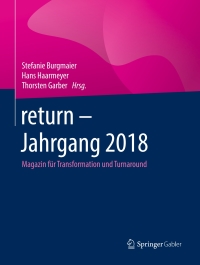Question
1- Bank A has the following balance sheet. Suppose the average duration of its assets is 3 years and the average duration of its liabilities
1-
Bank A has the following balance sheet. Suppose the average duration of its assets is 3 years and the average duration of its liabilities is 5 years.
Assets Liabilities
Rate-sensitive $100 million Rate-sensitive $75 million
Fixed-rate 100 million Fixed-rate 125 million
If interest rates drop from 12% to 8%, what will happen to Bank As profits? What will happen to the net worth of Bank A? If you are the manager of Bank A, what can you do to keep the bank from being vulnerable to interest rate changes?
2- Suppose the required reserve ratio on checkable deposits is 8% and banks do not hold any excess reserves. If the Fed sells $10 million of bonds to Jane, who pays for the bonds with a check on her account at Bank A, what happens to reserves and the monetary base? Use T-accounts to explain.
3- Suppose the required reserve ratio is 8%, currency in circulation is $500 billion, checkable deposits are $1000 billion, and excess reserves are $20 billion.
a- Calculate the money multiplier, the currency deposit ratio, and the excess reserve ratio.
b- If the Fed sells $600 billion of bonds and the ratios in part a remain the same, what is the effect on the money supply?
4- What will happen if the Fed first conducts an open market purchase and then increases reserve requirements? Use a graph to explain.
Step by Step Solution
There are 3 Steps involved in it
Step: 1

Get Instant Access to Expert-Tailored Solutions
See step-by-step solutions with expert insights and AI powered tools for academic success
Step: 2

Step: 3

Ace Your Homework with AI
Get the answers you need in no time with our AI-driven, step-by-step assistance
Get Started


